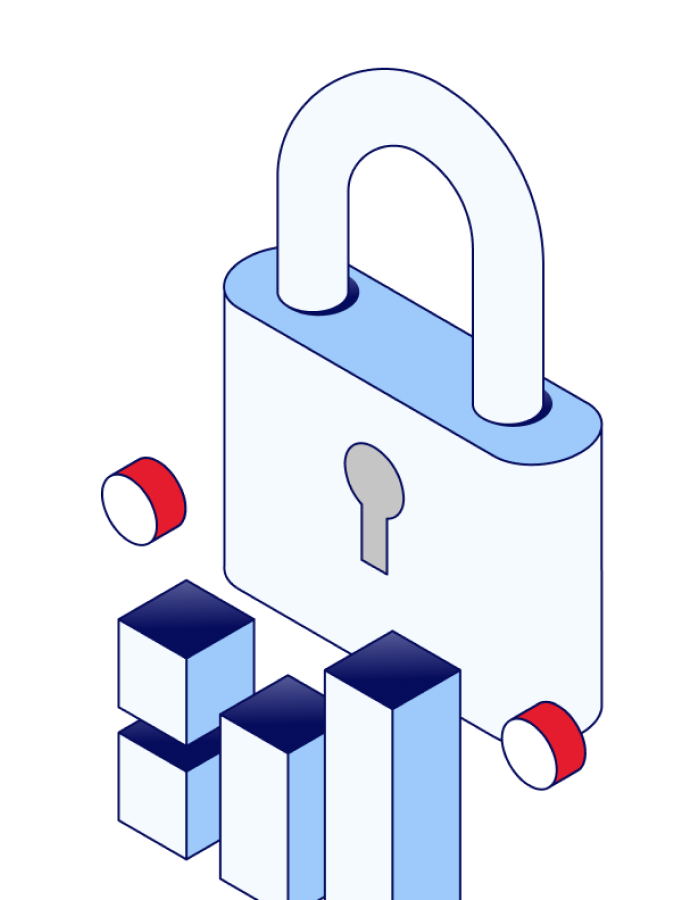The Different Types of Economic Moat

The concept of an "economic moat," a term famously coined by Warren Buffett, refers to a business's capacity to sustain a competitive advantage in the marketplace, safeguarding long-term profits and market share.
Drawing a parallel to the function of a moat in medieval castles, this protective mechanism serves to fortify a company's assets and shield them from external threats.

An economic moat is a strategic asset that positions a company for long-term success and serves as a key indicator of a business's ability to withstand market fluctuations and outperform competitors. By leveraging unique strengths and resources, such as proprietary technology, a loyal customer base, or an extensive distribution network, a company can establish a resilient position within the market. Sustainable growth and profitability can be achieved by prioritizing the development and preservation of an economic moat. Research has shown that companies with well-defined and well-maintained moats tend to deliver superior financial returns to investors. In today's competitive landscape, identifying and building a strong economic moat has become a critical element of a market-driven business strategy.
Types of Economic Moat
While there are several types of moats, five primary categories have emerged as particularly noteworthy:
- Low-Cost Production: Companies that can produce goods or services at a lower cost than their competitors enjoy a significant advantage. This can arise from factors like economies of scale, access to cheaper inputs, or superior manufacturing processes.
- High Switching Costs: Businesses that can lock in customers by making it difficult or expensive to switch to another provider create a powerful moat. Examples of this might include software that requires extensive customization or proprietary hardware that can't easily be replaced.
- Network Effects: Certain products or services become more valuable as more people use them, creating a "network effect" that can be difficult to replicate. Social media platforms like Facebook or LinkedIn are good examples of this type of moat.
- Intangible Assets: Some businesses have valuable intangible assets, such as patents, trademarks, or proprietary technology, that provide a competitive edge. These assets can be challenging for competitors to replicate or replace.
- Efficient Scale: Companies that can achieve a certain level of scale in their operations can often generate outsized profits due to economies of scale, geographic reach, or other factors. This can create a moat that is difficult for new entrants to overcome.
It's worth noting that the relevance (or irrelevance) of these moat types varies by industry. For example, the importance of low-cost production may be higher in manufacturing industries, while network effects may be more significant in the tech sector. Understanding which types of moats are most critical for a given industry can help businesses identify their own competitive advantages and develop strategies for maintaining them.
Cost Advantage Moat
A sustainable cost advantage can serve as a powerful economic moat that competitors cannot easily replicate. Companies with significant cost advantages can offer lower prices than their competitors and effectively deter new entrants from joining the industry
By maintaining sustainable cost advantages, companies can secure significant market share, as they can easily squeeze out new competitors who try to enter the industry. Such companies can also promote sustainability by optimizing their operations and resources, reducing waste and inefficiencies, and exploring innovative ways to minimize costs while maintaining quality and value.
Strategies such as supply chain optimization, automation, and process innovation, can help companies sustain their cost advantages over time, as they can continuously improve their efficiency, productivity, and competitiveness. Companies can leverage their cost advantages to gain a competitive edge and meet the evolving needs and preferences of their customers.
Importance of Economic Moat in Investing
Investors seeking to maximize their returns through stock investments should take a close look at a company's economic moat.
An economic moat can give a company a distinct competitive edge by putting up barriers to entry for potential rivals. Economic moats allow a company to maintain a strong market position, even in the face of increased competition.
Investing in companies with strong economic moats is an innovative and sustainable strategy for maximizing returns over the long term. By conducting research on a company's economic moats, investors can make informed decisions about which companies have the greatest potential for long-term success. Additionally, a market-driven approach to investing in companies with strong economic moats can provide a reliable way to achieve sustained profitability in an ever-changing market.
For example, investors should delve into financial statements, focusing on consistent high operating margins and Return on Invested Capital (ROIC) as indicators of potential moats. Furthermore, examining a firm's intellectual property portfolio can reveal intangible asset moats. Evaluating the cost structure can hint at economies of scale or unique resources, while growth in user metrics and customer retention can suggest valuable network effects or high switching costs.
The concept of an economic moat is crucial for businesses seeking sustained profitability and a competitive advantage in today's market-driven economy. Companies that develop and maintain strong economic moats, such as those based on low-cost production, intangible assets, switching costs, network effects, and efficient scale, can establish a resilient position within the market and safeguard long-term profits and market share.
Investing in companies with well-defined and well-maintained moats can provide investors with an innovative and sustainable strategy for maximizing returns over the long term. By leveraging their unique strengths and resources, companies can achieve sustainable growth and profitability, stimulate business growth, prevent market disruption, and drive long-term value for their customers. Ultimately, companies that prioritize the development and preservation of an economic moat can create a powerful and reliable mechanism for securing a competitive edge and outperforming their competitors.
One of the largest bourses in ASEAN, Bursa Malaysia operates and regulates a fully integrated exchange offering a comprehensive range of exchange-related facilities.
Learn more at: https://bursaacademy.bursamarketplace.com/en/home
Related Articles









